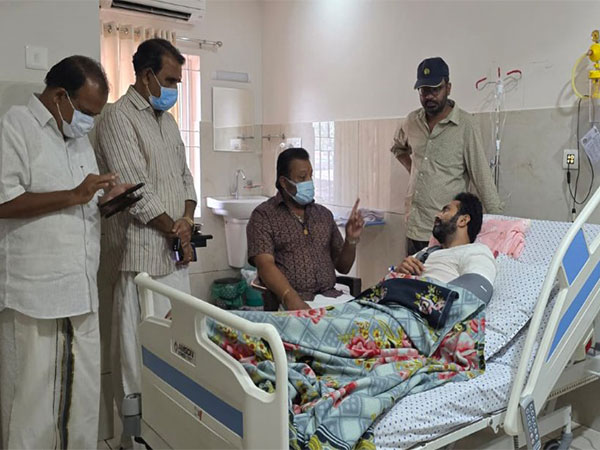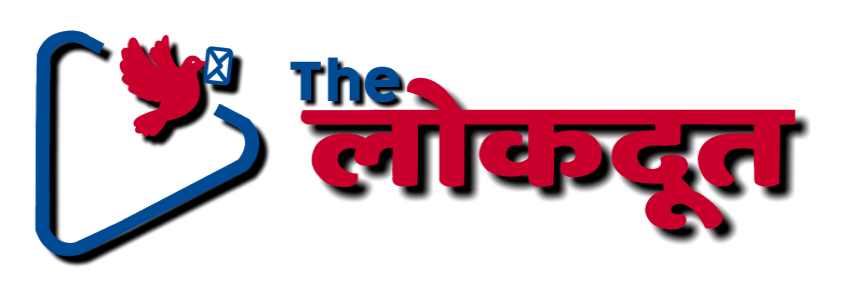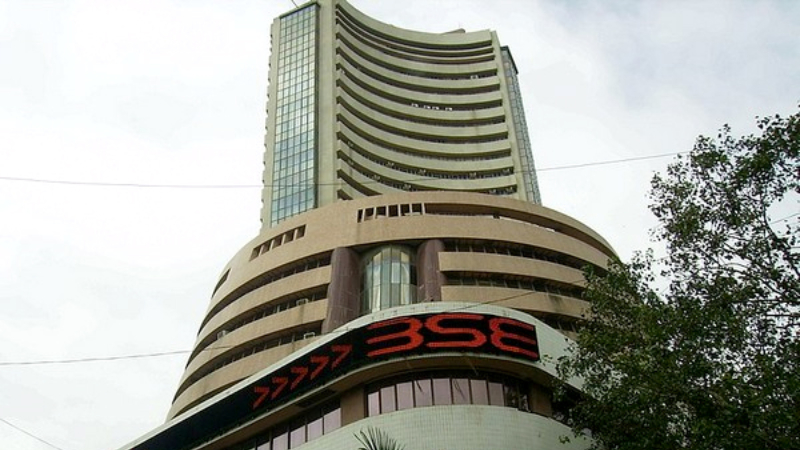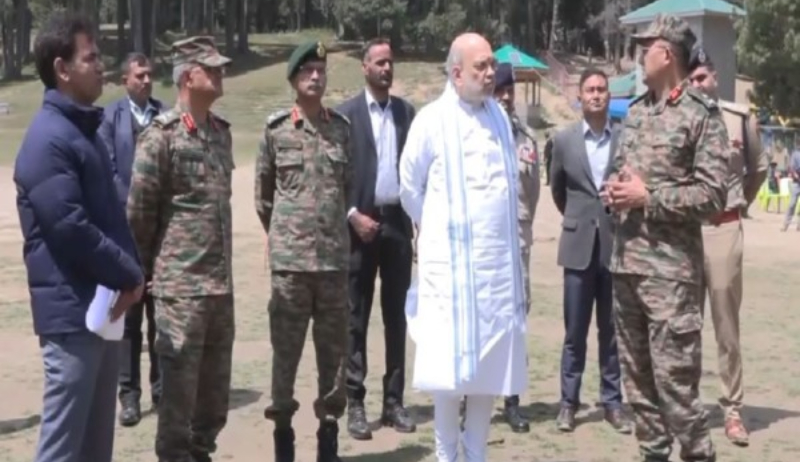PM Modi to launch GatiShakti platform
PM Modi will launch the GatiShakti infra master plan on Wednesday.

About GatiShakti Master Plan:
GatiShakti Plan means the power of speed is a source of employment opportunities for youth. A 100 lakh crore national infrastructure master plan that ensures decision-making and correlates implementation. GatiShakti’s plan is an effort to maintain the “Sarkari work culture” in which they are not aware of what the left is doing. The idea requires a central National Master Plan for granting multimodal connectivity infrastructure to various economic zones. Also, GatiShakti covers plans connected to national highways, freight hauled by railways, gas pipelines, airports and aviation, manufacturing of pharmaceuticals and electronic items, food processing define production, and industrial corridors.
A platform that uses impactful technologies:
The GatiShakti platform uses impactful technologies such as Geographic Information System or GIS to manage day-to-day economic activities, devices for map reading, regular assessment of planned activities which provides updates regarding achievements against targeting, and the newest satellite imagery. It has been advanced by Bhaskaracharya National Institute for Space Applications and Geoinformatics (BISAG-N), it makes use of satellite imagery from ISRO and base maps from the Survey of India. Also, BISAG maps will be accessible to people said the government.
The senior official mentioned that the 200 layers mean various GIS displaying railway, road, irrigation, telecom, gas pipelines, rivers, mountains, or others. There would be a coating on environment-friendly zones, forests and green cover, etc. The analytical tools alert project planners about the permissions which would be needed. Also, the GIS mapping accesses us to physical geographical features, direct administrative offices, gas lines, roads, schools, and other educational institutions health facilities, and police establishments according to the sources.
The technological system is a system that allows individual Ministries to update their data regularly as they have been given separate login ids. The data will be combined on one platform. The logistics Division, Ministry of Commerce will facilitate all the stakeholders through BISAG-N for generating their needed layers in the system and update their database through Application Programming Interface (APIs). Also, there is a necessity to adjust the activities concerning Greenfield roads, rail, etc, and laying of utilities like OFC cables, gas lines electricity by cooperation between central agencies, state agencies, ULBs, private sector, parastatals, etc to reduce destruction and to have cost-efficient.
However, in geographical areas, a single nodal agency answerable for synchronization and activities concerning common tendering was feasible. The plan establishes a structure for the ministries to take part in this direction. Government sources argue that the National Master Plan assures flawless movement of people, goods, and services to reduce destruction, assuring quick completion of works with cost-efficiency. The platform will direct the Departments/ Ministries answerable for the creation of economic zones and connectivity structures.
The official said when the large port became functional it was found that its road connectivity to a six-lane highway hardly a few km away was too narrow. The movement was slowed down as there is a gap between the two large infrastructure projects. To upgrade the connectivity took a long time and additional expenses. The National Master Plan has been mapped on a single platform that spans across three fiscals- from when PM took charge 2014-15, the year GatiShakti was conceptualized 2020-21, and the culmination of the current master plan 2024-25. It also provides us a macro and micro view of existing and developing infrastructure in form of layers. Also, to boost the participation of states the center plans a national level conference on October 13 and virtual links have been created at 36 locations for the launch program.
How the Master Plan Work:
There will be a collective Multimodal Network Planning Group or NPG to implement GatiShakti. The National Networking Group will comprise experts or officials from all the stakeholder departments. The Department of Promotion of industry and Internal Trade will be the nodal agency. The group will be answerable for exchanging their particular Action Plans for 2020-21 to 2024-25 with each other. After investigating all the involvement suggested to be taken by Ministries, outline all projects where synchronization of attempts are needed and suggest changes in the master plan for affirmation of the Empowered Group of Secretaries and this group come in contact at least once a month to have well-organized and intensive teamwork to avoid Ministries working in silos.
Also, there would be an Empowered Group of secretaries headed by the Cabinet secretary responsible for taking important decisions on projects related to the master plan and EGoS will look at the interferences needed to meet the demand site. The Empowered Group will include:
- Chairman
- Railway Board
- Secretaries of Ministry of Road
- Transport and Highways
- Ministry of Ports
- Shipping& Waterways
- Ministry of Civil Aviation
- Ministry of Petroleum& Natural Gas
- Ministry of Power
- Department of Telecommunication
- Ministry of Coal
- Ministry of Mine
- Ministry of Chemicals& Fertilizers
- Ministry of Steel
- Department of Expenditure and Seed Secretary
- Logistics Division
- Department of Commerce (Member Convenor)
The Empowered Group has been introduced in the Cabinet note examined by Indian Today TV. The satellite mapping provides a decision assist mechanism to reduce permissions and clearances needed for projects. Also, carry out a link between two projects. Also, a senior official argued till now two independent projects had no link.
Nevertheless, what will change is the planning and execution and funding route will remain the same and once the platform is ready for streamlining the development of infrastructure, a National Logistics Policy will be brought in according to the sources.
The depth and breadth of the platform impact:
The National Master Plan is a big push in defence production. There are plans to develop two Defence Corridors in Uttar Pradesh and Tamil Nadu with an expected cumulative investment of Rs 20,000 crore. These will India ramp up its defence production turnover to Rs 1.7 lakh crore with one-fourth of it going for exports. Likewise, GatiShakti will examine the upgrading of the cargo handling capability of railways to 1600 MT by 2024-25 in comparison to 1200 MT currently. The execution of two Dedicated Freight Corridors (DFCs) and project reports as a first step to construct 4,000 km of East-West, North-South, and East Coast freight corridors all will be outlined.
Also, the center plans to double the network of gas pipelines in the country to 34,500 km by 2024-25. This connects centers of demand and supply with 17000 km of trunk pipeline. According to a senior petroleum ministry official, GatiShakti play a vital role in connecting every Indian state by 2027 with the National Gas Pipeline, and for seaports, the target is to handle 1,759 MMT per annum by 2024-25. It also includes target by Telecommunications department of 35 lakh km of Optical Fibre Network by 2024, power ministry lifting transmission network to 4.52 lakh circuit km, food processing industry’s plan for 200 Mega Food Parks, fishing clusters increased to 202, 38 electronics cluster by with Rs 15 lakh crore, 90 textile clusters and pharma, and medical device clusters touching 110.
Also, the master plan has a plan for building four industrial nodes. Connectivity is the key said by the official in DDIIT. Under the National Industrial Corridor Development Program, 11 industrial corridors are taken up for development by 2024-25:
- Delhi Mumbai Industrial Corridor (DMIC)
- Chennai Bengaluru Industrial Corridor (CBIC)
- Amritsar Kolkata Industrial Corridor (AKIC)
- East Coast Industrial Corridor (ECIC) with Vizag Chennai Industrial Corridor (VCIC) as Phase I
- Bengaluru Mumbai Industrial Corridor (BMIC)
- Extension of CBIC to Kochi via Coimbatore
- Hyderabad Nagpur Industrial Corridor (HNIC)
- Hyderabad Warangal Industrial Corridor (WHICH)
- Hyderabad Bengaluru Industrial Corridor (HBIC)
- Odisha Economic Corridor (OEC)
- Delhi Nagpur Industrial Corridor (DNIC)
To sum up, the cabinet describes the GatiShakti, as a comprehensive plan. It enhances India’s global competitiveness. Also, it will make domestic manufactures globally competitive and create new possibilities for the creation of future economic zones. According to a senior official in Madhya Pradesh in the future, GatiShakti bring huge benefits.
Also Read: Aditya Birla Sun Life AMC listed.








































